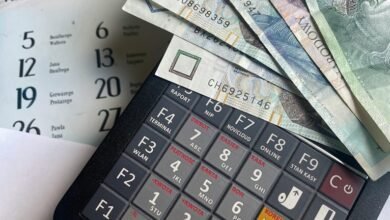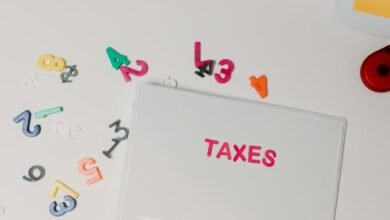Numerical Insights File: 346-348-1275, 360-626-5627, 385-265-5102, 385-456-9484, 4.73×3.4, 404-856-0501

The Numerical Insights File presents a collection of phone numbers that reveal unique patterns and cultural significance, alongside a notable dimension of 4.73 by 3.4. Each phone number encapsulates personal connections and societal influences, while the dimensional measurement underscores the relevance of spatial relationships in design. This interplay of numbers invites further exploration into how such sequences shape identity and daily experiences, prompting questions about their deeper implications. What stories lie behind these numerical representations?
Analyzing Phone Numbers: Patterns and Meanings
The analysis of phone numbers reveals a fascinating interplay of patterns and meanings that transcends mere numerical sequences.
Phone number patterns often carry numerical symbolism, reflecting cultural significance and individual identity. Each digit can represent concepts such as luck or harmony, influencing perceptions.
Understanding these elements enhances one’s appreciation of the deeper connections embedded within these seemingly ordinary sequences, fostering a sense of liberation through knowledge.
Exploring Dimensions: The Significance of 4.73×3.4
Dimensions, such as 4.73 by 3.4, serve as critical indicators of spatial relationships in various fields, including architecture, design, and mathematics.
The dimensions’ significance lies in their ability to define aspect ratios, influencing visual perception and functionality.
Understanding these measurements enables professionals to create harmonious compositions, ensuring balance and proportion, which are essential for aesthetic appeal and practical application in diverse projects.
The Impact of Numerical Sequences on Daily Life
Numerical sequences play a significant role in shaping everyday experiences, influencing decisions and behaviors in various contexts.
Through the lens of numerical psychology, individuals often assign meaning to sequences, impacting choices from shopping to scheduling.
The significance of these patterns can guide perceptions of time, quantity, and value, ultimately reflecting deeper cognitive processes that govern personal freedoms and societal interactions.
Conclusion
In conclusion, the exploration of numerical sequences, such as the provided phone numbers, reveals not only patterns but also cultural significance that shapes personal connections. While one might argue that numbers are merely functional, this analysis demonstrates their profound impact on identity and relationships. Similarly, the dimensions of 4.73 by 3.4 underscore the importance of spatial relationships in design. By recognizing these intricacies, we can foster a deeper appreciation for the role of numbers in our everyday lives.




